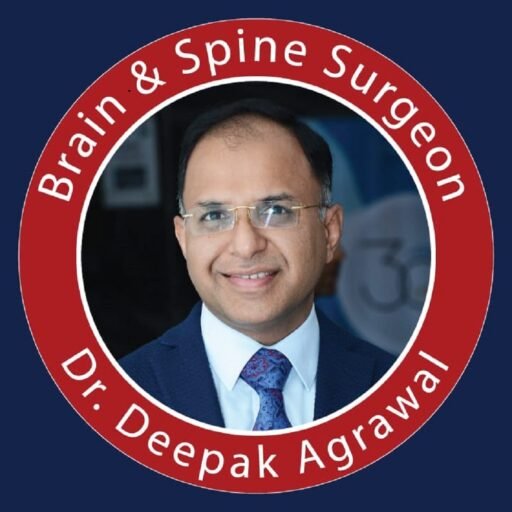Topics
Although scoliosis is frequently thought of as a straightforward curvature of the spine, it is actually a complicated three-dimensional abnormalities that can significantly impact a person’s posture, mobility, and general quality of life. Knowing the basics of scoliosis and the surgical methods used to treat it can help patients and their family navigate the problem and feel more confident about their treatment.
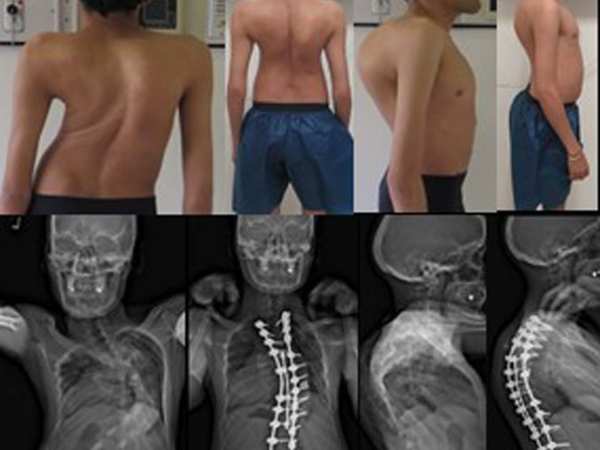
Scoliosis: What is it?
An abnormal lateral curvature of the spine over 10 degrees is called scoliosis, and it is typically accompanied by sagittal imbalance and vertebral rotation. Although people of all ages can be affected, adolescence—a time of fast skeletal growth—is when it is most frequently diagnosed.
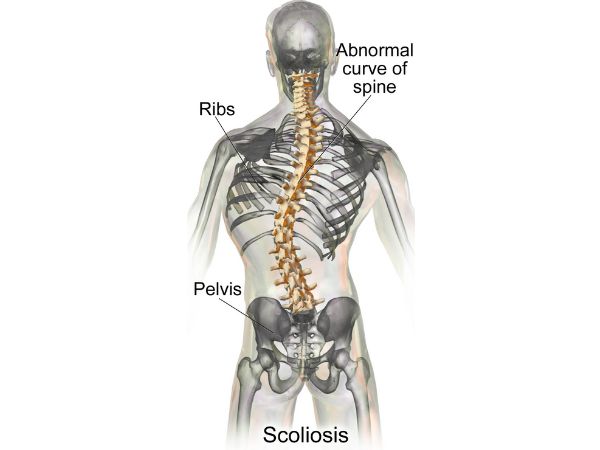
There are various forms of scoliosis, including:
- The most frequent type of scoliosis is idiopathic scoliosis, which has no known cause.
- Congenital Scoliosis: This condition is brought on by congenital defects in the spine.
- Neuromuscular Scoliosis: Linked to muscular or neurological conditions (e.g., muscular dystrophy, cerebral palsy).
- Due to spinal damage, older persons frequently develop degenerative scoliosis.
Why Is Correction Necessary for Scoliosis?
Progressive scoliosis can result in the following, albeit some curves are moderate and merely need to be observed:
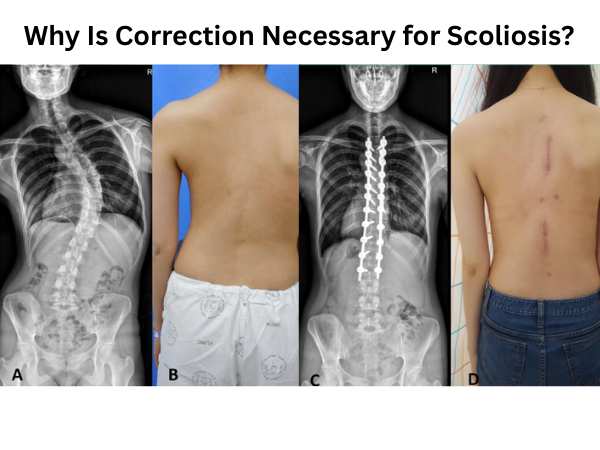
- Chronic back pain
- Cosmetic abnormality
- Impaired heart or lung function (in extreme situations)
- An overall decrease in life quality
Preventing long-term consequences requires early detection and effective management.
When and Why to Have Surgery
Surgery may be considered if conservative measures, such as bracing or physical therapy, are ineffective or if the spinal curvature is severe (usually greater than 40 to 50 degrees). The main objectives of surgery are:
- Fixing the spinal abnormality
- Progress of the halting curve
- Re-establishing the alignment and balance of the spine
Why Are Osteotomies Important in Scoliosis Surgery? What Are They?
A surgical procedure called an osteotomy involves cutting a bone to provide room for realignment. Osteotomies are essential in scoliosis surgery, particularly for individuals with severe or inflexible abnormalities.
Different Osteotomy Types for Scoliosis:
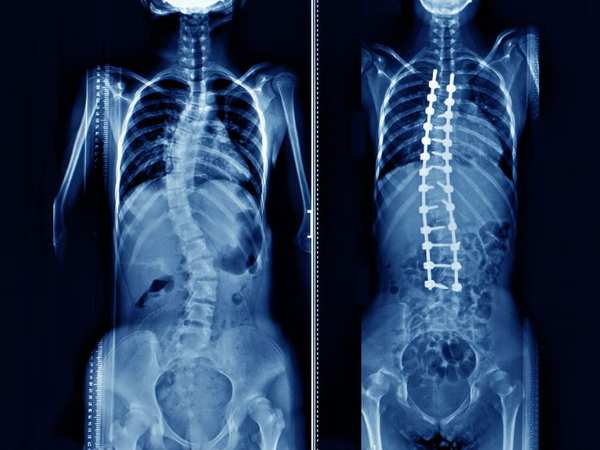
Osteotomy Smith-Petersen (SPO):
- Involves cutting off the ligaments and facets at the back to make room for extension at a certain level of the spine.
- Ideal for curves that are flexible and have mild to severe kyphosis.
Osteotomy of the Ponte:
- Like SPO, but usually applied to the thoracic spine.
- Frequently used for curve repair using posterior-only techniques in adolescents with idiopathic scoliosis.
Osteotomy via Pedicle Subtraction (PSO):
- A more drastic method in which a wedge-shaped portion of the vertebral body is removed.
- Recommended for kyphotic abnormalities that are angular and stiff.
VCR, or vertebral column resection:
- A complete vertebra is removed in this extremely complicated procedure.
- Saved for severe, inflexible, or unsuccessful deformity repairs.
The severity, location, and rigidity of the scoliosis determine the precise indications for each osteotomy. The choice is tailored to the anatomy, surgical objectives, and patient’s condition.
Results of Surgery and the Recovery Process
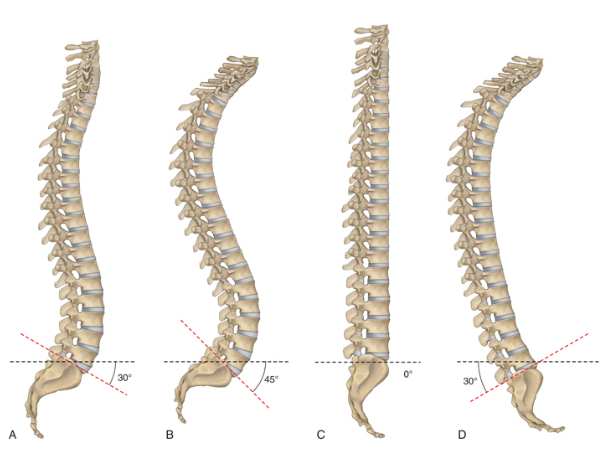
Despite being a technically challenging treatment, osteotomy-based scoliosis repair can result in notable enhancements in spine alignment, pain reduction, and functional mobility. Enhancing balance, speeding up healing, and strengthening spinal support are all made possible by postoperative therapy.
Usually, patients are counselled on:
- Postural training and physical therapy
- Frequent imaging follow-up
- Changes in lifestyle for long-term spinal health
Concluding
More than just a spinal curvature, scoliosis is a disorder that can affect a person’s physical and mental health. In order to provide patients with the finest results, our neurosurgery centre combines cutting-edge surgical methods, such as osteotomies, with compassionate care. Know that there is support available if you or a loved one has scoliosis, and that with the correct direction and assistance, recovery is achievable.
Sources:
- https://pubmed.ncbi.nlm.nih.gov/21173625/
- https://www.hopkinsmedicine.org/health/conditions-and-diseases/scoliosis
- https://www.medicalnewstoday.com/articles/190940#treatment
- https://www.niams.nih.gov/health-topics/scoliosis
- https://medlineplus.gov/ency/article/001241.htm
- https://www.physio-pedia.com/Scoliosis
- https://www.ncbi.nlm.nih.gov/books/NBK499872/
- https://my.clevelandclinic.org/health/diseases/15837-scoliosis
- https://www.mayoclinic.org/diseases-conditions/scoliosis/symptoms-causes/syc-20350716
You May Also Know Related to Gamma Knife
FAQ’s
How does Gamma Knife work?
Gamma Knife uses 192–201 precisely focused beams of gamma rays that converge at a single target point in the brain. This high dose of radiation damages the DNA of abnormal cells, stopping their growth or causing them to shrink, while minimizing exposure to nearby healthy tissue.
Is Gamma Knife a surgery?
No, Gamma Knife is not a traditional surgery. It is a non-invasive outpatient procedure performed without any incision, stitches, or general anesthesia in most cases.
What conditions can be treated with Gamma Knife?
Gamma Knife is commonly used for:
Brain tumors (benign and malignant)
Metastatic brain lesions
Arteriovenous malformations (AVMs)
Trigeminal neuralgia
Acoustic neuromas (vestibular schwannomas)
Pituitary tumors
Certain functional disorders (like tremors)
Is Gamma Knife painful?
The procedure is generally painless. Patients may feel mild pressure while the head frame (if used) is applied or may experience slight discomfort from anesthesia injections, but the treatment itself is not painful.
How long does the procedure take?
Depending on the condition and treatment plan, Gamma Knife may take 30 minutes to 3 hours. Most patients go home the same day.
What are the possible side effects?
Common side effects are usually mild and temporary, including:
Headache
Nausea
Fatigue
Mild scalp swelling or tenderness at the frame site
Rarely, some patients may experience delayed radiation effects such as brain swelling or radiation necrosis.
When can the patient return to normal activities after Gamma Knife?
Most patients can return to their normal routine within 24–48 hours after the procedure.
You may feel mild fatigue for a few days.
Follow-up imaging is usually required after 1 year.
How effective is Gamma Knife?
Gamma Knife has a high success rate and has been used worldwide for decades. Its effectiveness depends on the condition treated, size and location of the lesion, and overall patient health. In many cases, it offers results comparable to open surgery with fewer risks.
Can Gamma Knife be repeated if needed?
Yes, in some cases Gamma Knife treatment can be repeated if the disease recurs or if new lesions develop.
Is Gamma Knife safe?
Yes. Gamma Knife is considered one of the safest and most precise forms of radiosurgery, with millions of patients treated globally and extensive clinical data supporting its use.
Who is eligible for Gamma Knife treatment?
Eligibility depends on factors such as:
Size and location of the lesion
Overall health and age
Whether open surgery is too risky
A neurosurgeon and radiation oncologist will decide if Gamma Knife is the best option for you.
What happens before the procedure?
A detailed MRI or CT scan is performed to map the brain.
A lightweight head frame or mask is used for accuracy.
Your doctors plan the radiation dose and target areas using specialized software.
Will I need anesthesia?
Local anesthesia is given if a head frame is used.
General anesthesia is usually not required, except for children or patients unable to remain still.
What is the cost of Gamma Knife in India?
Costs vary depending on hospital, city, and condition treated. On average, Gamma Knife in India ranges from ₹1.5 lakh to ₹4.5 lakh. It is usually more affordable compared to treatment in Western countries. At AIIMS Delhi, it is much more affordable around ₹75,000 which makes it affordable for the patients in need.
Where can I get Gamma Knife treatment in Delhi?
AIIMS Delhi is one of the leading centres for Gamma Knife in India.
AIIMS uses the latest Gamma Knife Perfexion system.
It has successfully treated thousands of patients for brain tumors, blood vessel problems, and even eye cancers.
The treatment is done by expert neurosurgeons such as Dr. Deepak Agrawal and team.
Clinic timings for Gamma Knife OPD at AIIMS Delhi: Monday & Friday, 8:00 AM – 9:00 AM.
Cost is around ₹75,000 and is subsidized compared to private hospitals.
What is the complete process of the Gamma Knife?
The whole procedure is usually done in one day:
- Consultation & Planning – Doctors review your scans and decide the treatment.
- Head Frame/Mask – A lightweight frame or mask is placed to keep your head still.
- Imaging – MRI/CT scans are done to locate the exact target.
- Treatment Planning – Specialists plan the dose and direction of radiation.
- Gamma Knife Treatment – You lie on the machine; painless radiation beams treat the target (30 mins–3 hrs).
- Recovery & Discharge – The frame is removed, and most patients go home the same day.
- Follow-up – MRI after a few months to check results.
What formalities do I have to complete prior to getting the date of GK?
Before you get a treatment date, you need to complete a few steps:
- OPD Registration – Visit the Neurosurgery OPD (Gamma Knife clinic at AIIMS, Mon & Fri 8–9 AM) and register.
- Consultation with Doctor – Meet the neurosurgeon who will check your reports, MRI/CT scans, and medical history.
- Investigations – Sometimes fresh MRI/CT or blood tests are needed for treatment planning.
- Medical Fitness – Basic checks like blood pressure, sugar, heart condition, etc.
Financial/Insurance Approval –
- If using Ayushman Bharat or government schemes, you need approval papers.
- If self-paying, you will be given the estimated cost (~₹75,000 at AIIMS).
- Consent & Admission Slip – Once doctors confirm you are fit and formalities are done, you sign the consent form.
- Treatment Date Allotment – A date is given for your Gamma Knife procedure.
What formalities do I have to complete after getting the date of GK?
Once you receive your Gamma Knife date, you’ll need to do a few simple things before the procedure:
- Admission Process – Report to AIIMS on the morning of your procedure and complete admission at the Neurosurgery ward/Daycare.
- Paperwork – Carry your OPD slip, MRI/CT films, blood test reports, admission slip, and ID proof. If you are covered under Ayushman Bharat/insurance, keep those approval papers ready.
- Consent Forms – You (or a family member) will sign consent for the procedure and anesthesia.
- Medical Check-up – Doctors will check your BP, sugar, heart rate, and do a quick physical exam.
- Fasting – Usually, you will be asked to not eat or drink for 6 hours before the procedure.
- Pre-Procedure Prep – An IV line may be put, and medicines (sedation/antibiotics if needed) are given.
- Treatment – You are then taken to the Gamma Knife room for frame/mask placement, imaging, and treatment.
After the procedure, you’ll be observed for a few hours and most patients are discharged the same day or next morning.
What investigations to be done?
Urea & creatinine
Should I come fasting?
No, You can have light breakfast.
In case of HT/DM should take my medicines?
Yes, you can take the medicine and then come for the treatment.
